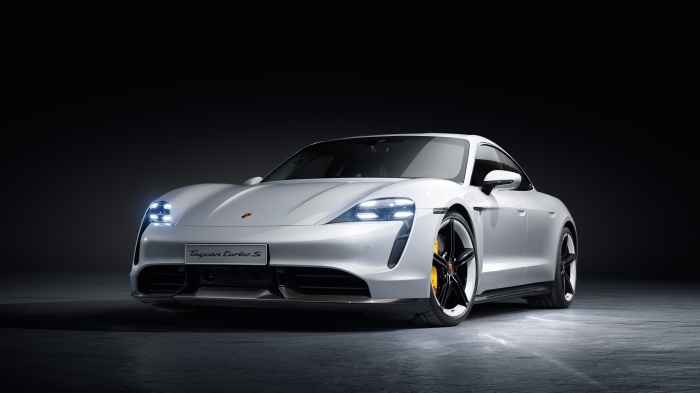
Buyers of the Porsche Taycan Turbo S, which has a starting MSRP of $189,000, may have noticed in the marketing brochure that the car is limited to a mere 50 kW DC charging rate when plugged in at a “400V” DC charging station.
Why does this limitation exist in a car that is advertised as charging at up to 270 kW — a faster rate than any Tesla on the market today?
The Taycan is the first commercially produced car that uses an “800V” battery pack design. Every other mass-market car today has a “400V” battery design. By operating at twice the voltage, the Taycan can use thinner and lighter wiring internally. That’s important for a sports sedan. And, it makes it possible to charge at high power rates without requiring charging stations to output really high current levels.
Anyway, if a charging station can’t put out around 800V then something has to adapt. Either the battery needs to dynamically rewire itself to operate at 400V during the charging session (this might actually be possible in some future battery designs) or there has to be some kind of voltage adapter circuitry between the charging station and the car’s battery.
The Porsche Taycan has such an adapter built into itself. Technically, this is known as DC to DC voltage boost converter but Porsche refers to it as a “built-in 400V DC charger” in its marketing materials. It can take any incoming 400V DC charging power and convert it to 800V DC for the car’s battery pack.
It takes expensive circuitry to handle high power levels so Porsche decided to save money. When plugged into a DC charging station that can’t do 800V the car tells the station it can only accept up to 50 kW. It then passes the incoming 400V power through its built-in DC to DC converter. If you think you want it to handle up to 150 kW incoming at 400V you have to pay the extra cost for a more capable built-in DC to DC converter.
That more-capable DC voltage converter option sells for $460. So, it’s a good thing it isn’t really needed. Even the wealthy count their spare change.
That option isn’t needed because essentially every DC charging station in North America capable of putting out greater than 50 kW is already able to put out power at “800V” so the Taycan’s default 400V 50 kW converter limitation doesn’t apply.
Even in Europe, there are only a very small number of charging stations that can’t handle more than 500V and can also output more than 50 kW.
Is this a problem worth fixing?
The answer is no.
To learn more of the details around 800V battery packs and the issues around charging them see: How does 800V charging work?
Categories: Charging
Leave a comment